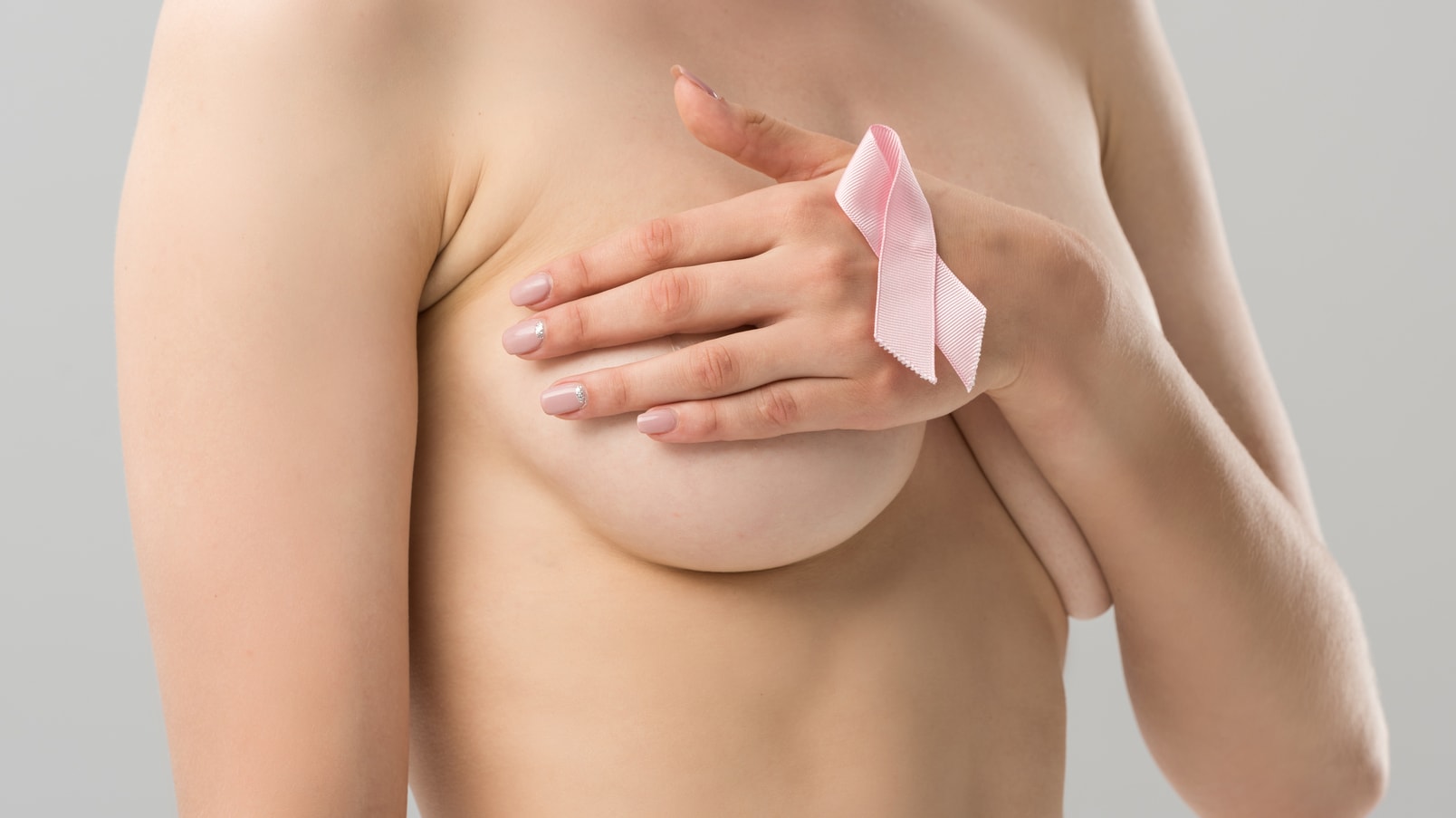
Breast reconstruction is the process of restoring the breast to either the original or an improved condition after a traumatic injury or surgery. Some examples of why someone would need breast reconstruction include having a mastectomy, lumpectomy or cancer surgery.
Immediate breast reconstruction and oncoplastic breast reconstruction are two types of reconstructive procedures for repairing breasts which have been damaged or disfigured as a result of trauma or after treatment for breast cancer.
Immediate breast reconstruction is done at the same time as the surgical treatment of breast cancer. With one type of surgery, a tissue expander is often used first and is replaced by an implant later. However, in some favorable circumstances an implant can be placed immediately instead of using an expander first. In some patients, a flap of tissue may be recommended to provide some of a patient’s own tissues to replace tissue that is missing. Oncoplastic breast reconstruction is performed in situations where only part of the breast is removed. In this instance, the rest of the breast is reconfigured to re-establish a normal form.
Depending on the situation, the nipple and areola may not need to be removed in the treatment of breast cancer and this often makes the breast reconstructive surgery easier. However, if the nipple does need to be removed, there are several ways to reconstruct a new nipple. . The areola can be recreated by skin grafting or tattooing. It may seem strange, but doctors can actually tattoo the area to actually look like an areola or even a nipple.
Each patient and their circumstances are different so there is not one certain procedure or technique that is more effective than the other. However, silicone breast implants are the most commonly used implants in reconstructive breast surgery. As of 2016, about 70-80% of reconstructive surgeries are done with implants. Acellular Dermal Matrix Material is often used to reinforce the tissues over a breast implant or tissue expander. This Acellular Dermal Matrix issue helps to support and shape the breast which is being reconstructed with an implant or expander, allowing for a more natural look and feel.
Implant surgeries carry the same risks as a usual breast augmentation performed for cosmetic purposes. Since implants are not permanent, they may require a replacement sometime in the future. Various tissue flaps including TRAM flaps, DIEP flaps and Latissimus flaps as well as others require more complicated surgery and may require in some instances microsurgery.
An implant surgery may include as little as 2 to 3 weeks of recovery time. Tissue flap surgery is a more major surgery so the recovery time takes longer, often between 4 to 6 weeks. . Recovery time from any procedure can vary depending on the patient and their circumstances. Breast reconstructive surgeries are not as straightforward as cosmetic breast augmentation. For example, after a mastectomy or lumpectomy, a patient may then need Chemotherapy or may have already had Chemo. Furthermore, there may be a need for radiation treatment.
With most surgeries, there will be some scarring. However, there are techniques to minimize or hide the scarring. In some situations, in the case of a breast reconstruction with an implant, the procedure can occasionally be performed with an incision under the breast instead of across the breast. This leaves the patient with minimal scarring which is hidden much like cosmetic surgery. When a flap surgery must be done, a large patch of tissue might be placed on the breast which could leave visible scars. The visibility of the scar depends on several factors including the size of the breast to begin with, whether an implant was used, the size of the flap and how the surgery was planned. In some cases, the patch can be placed in anesthetic units so the scars are hidden in and around the areola or in other natural lines.
Many people wonder if having breast reconstruction surgery will hinder the discovery of further breast cancer. Since implant surgery is done behind the skin of the breast and/or pectoral muscle, and breast cancer is usually found in the skin, any reoccurrence can easily be discovered. However, if flap surgery is done, it can be a little more of a concern since the flap is on top of everything. It is important to remember that with radiation, both breast reconstructive surgeries will be influenced due to the fact that radiation has a shrinking effect. An implant is affected more than a flap because it will shrink to about half the size it was. If radiation is required as part of the initial treatment, most physicians will recommend that the patient wait to get the implants until after radiation treatments are completed.
There are more breast reconstructive surgeries being performed each year due to a higher risk of breast cancer. Thankfully, our technology has provided us with a growing base of knowledge to combat these issues. Many times, a woman can come away from breast reconstruction with more self-confidence because she is happier with her new breasts as opposed to her original size and appearance.
Written by Cosmetic Town Editorial Team – SP
Based on an exclusive interview with Scott Spear, MD in Washington, DC